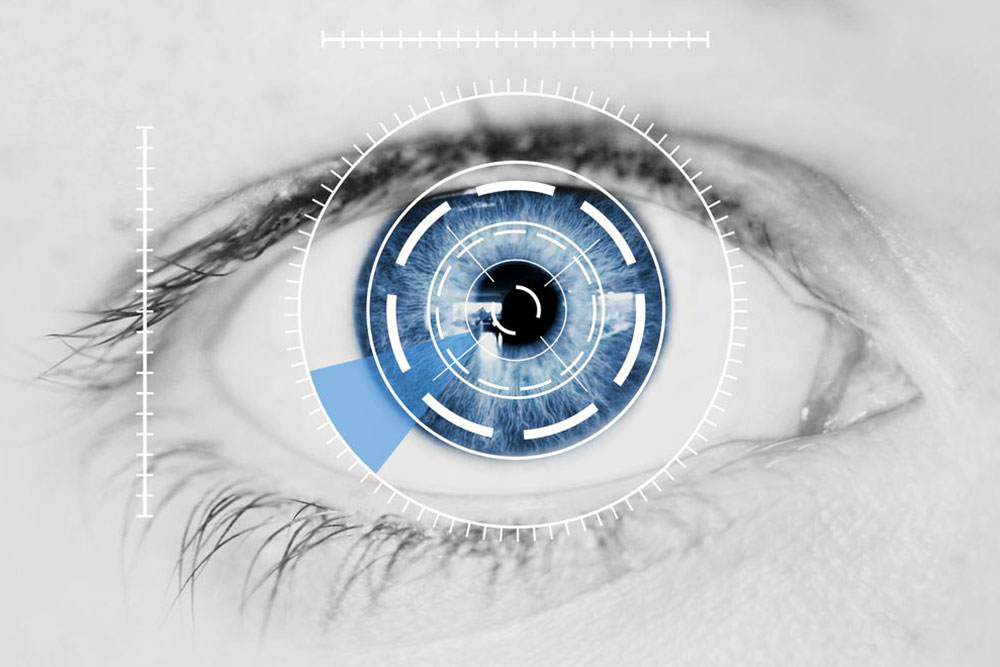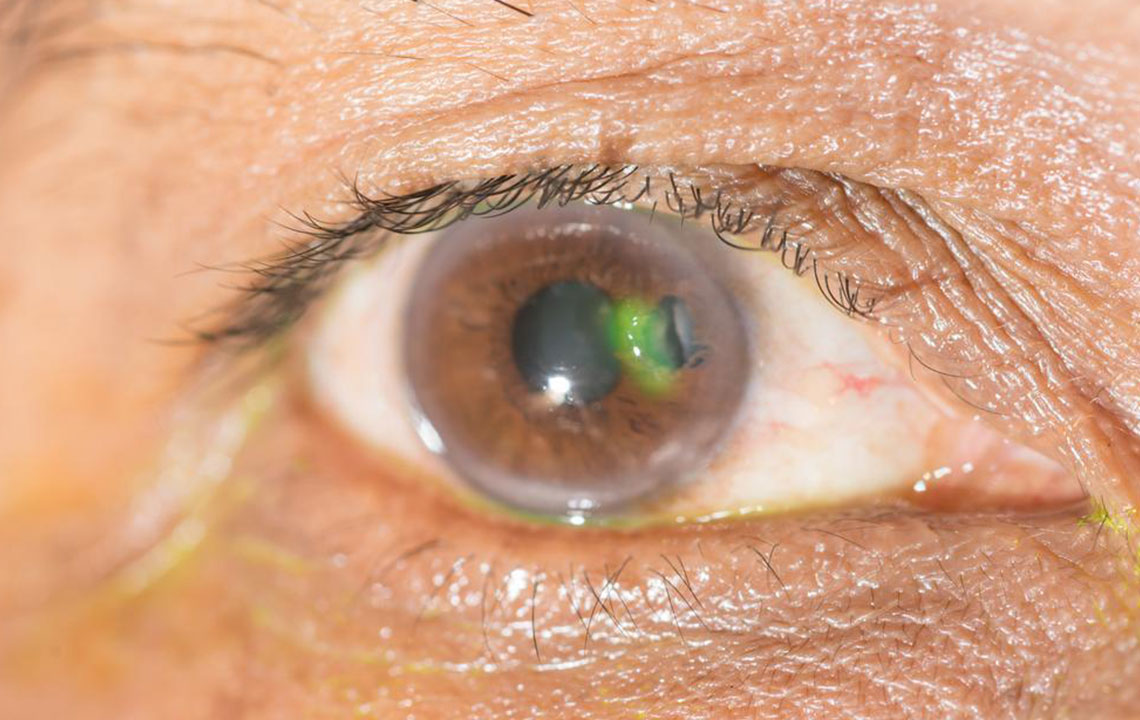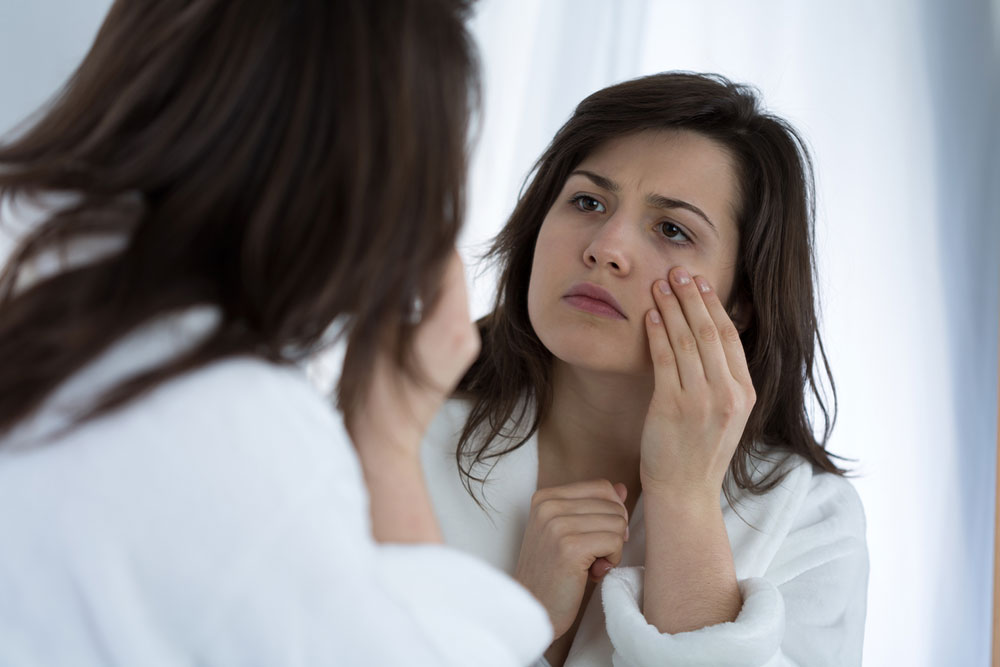Comprehensive Guide to Common Eye Conditions and Effective Treatments
Explore the comprehensive guide to common eye conditions, including lazy eye, nystagmus, color blindness, uveitis, and floaters. Learn about symptoms, diagnosis, and effective treatments to safeguard your vision and maintain eye health. Early detection and professional care are key to preventing permanent vision loss and ensuring long-term ocular wellness.

In-Depth Exploration of Common Eye Disorders and How to Address Them
The human eye is a marvel of biological engineering, serving as our primary window to perceive the world around us. Maintaining good eye health is essential for a high quality of life, yet many people remain unaware of the common eye problems that can develop over time or suddenly. Recognizing early warning signs, understanding symptoms, and knowing available treatment options are vital steps in preserving vision and preventing long-term damage.
Eye health issues are diverse, ranging from minor inconveniences to potentially devastating conditions that could lead to partial or complete blindness. While some symptoms are straightforward, many eye problems share similar early signs, making professional diagnosis critical. Consulting an ophthalmologist or eye care specialist as soon as symptoms appear can make a significant difference in treatment outcomes, potentially saving your sight and enhancing your overall well-being.
One common eye disorder is Lazy Eye, medically known as Amblyopia, which occurs when one eye does not develop properly, leading to decreased vision in that eye. This condition predominantly affects children and often poses challenges if not detected early. Amblyopia can cause eyes to wander or drift apart and reduce visual acuity if untreated. Early intervention is crucial to prevent lasting impairments. Treatments typically involve corrective glasses to improve focus and eye patching, which stimulates the weaker eye by covering the stronger one. If left untreated, lazy eye can result in permanent vision loss or binocular vision problems.
Another condition, Nystagmus, is characterized by involuntary, rhythmic eye movements that can interfere with vision clarity. This condition may be congenital or acquired later in life due to neurological or inner ear problems. Treatment options include glasses, medications, and surgical procedures aimed at reducing eye movements, improving visual acuity, and enhancing ocular control. Managing nystagmus is essential to ensure stability and prevent eye strain or discomfort.
Color vision deficiency, commonly known as color blindness, is a genetic condition where individuals struggle to differentiate certain hues, especially red and green shades. In some rare cases, individuals might only perceive shades of gray, a condition called achromatopsia. This defect is usually present from birth and occurs more frequently in males due to its genetic inheritance pattern. While there is no cure for inherited color blindness, some specialized glasses can aid individuals in distinguishing certain colors more effectively. It is important to note that color blindness does not affect clarity or visual acuity but can impact daily activities like reading maps or choosing clothing.
Uveitis involves inflammation of the uvea, the middle layer of the eye containing blood vessels. This condition can lead to severe complications, including glaucoma, cataracts, or permanent vision loss if not properly managed. Causes of uveitis include autoimmune diseases like rheumatoid arthritis, infections, or trauma. Typical symptoms encompass eye pain, redness, sensitivity to light, and blurred vision. Immediate diagnosis and treatment with corticosteroids or other immunosuppressive medications are vital to controlling inflammation and preventing irreversible damage.
Floaters are small spots or threads that drift across your vision as you look around. While benign in many cases, sudden increases in floaters, especially if accompanied by flashes of light or dark shadows, may signal retinal detachment or other serious eye issues. Retinal detachment is a medical emergency requiring prompt treatment to reattach the retina and prevent permanent blindness. Patients experiencing these symptoms should seek urgent evaluation from an eye care professional to determine the cause and receive appropriate intervention.
This detailed overview underscores the importance of early recognition, professional diagnosis, and targeted treatment strategies for common eye conditions. Protecting your eyesight involves regular eye examinations, awareness of warning signs, and timely medical care, ensuring that your vision remains clear and healthy throughout your life.





